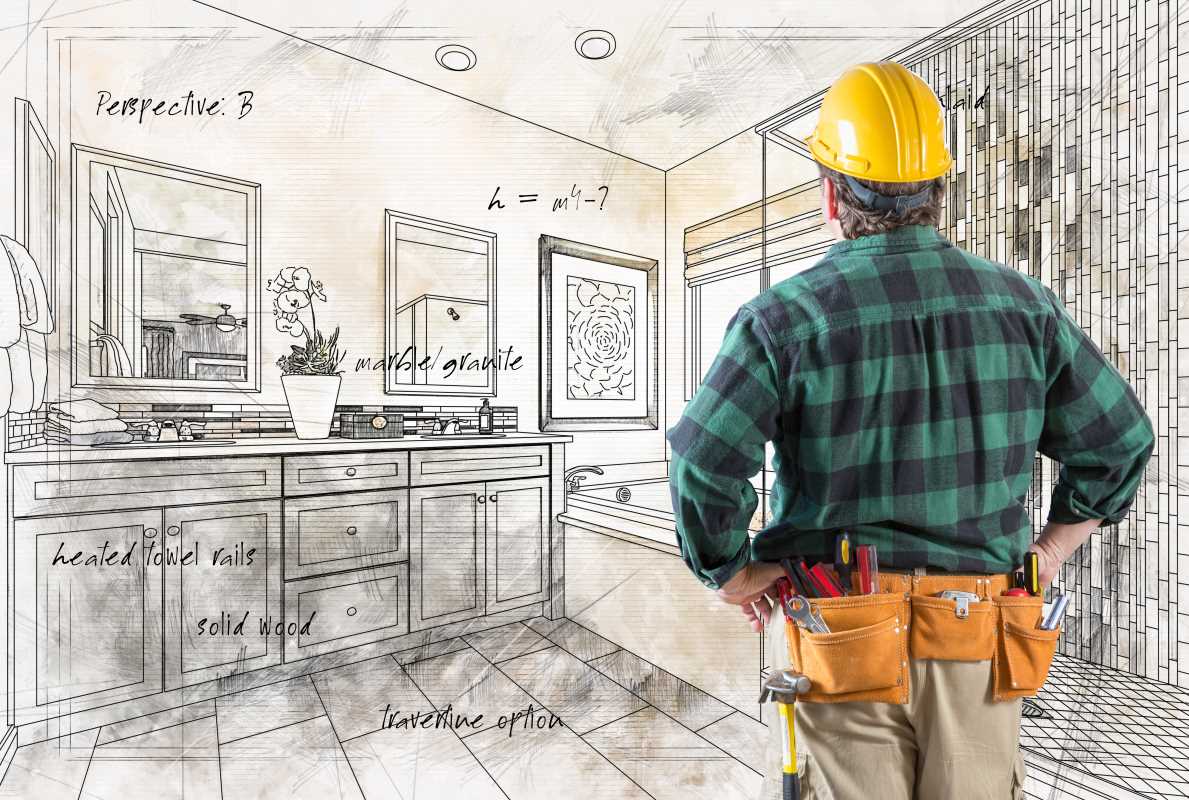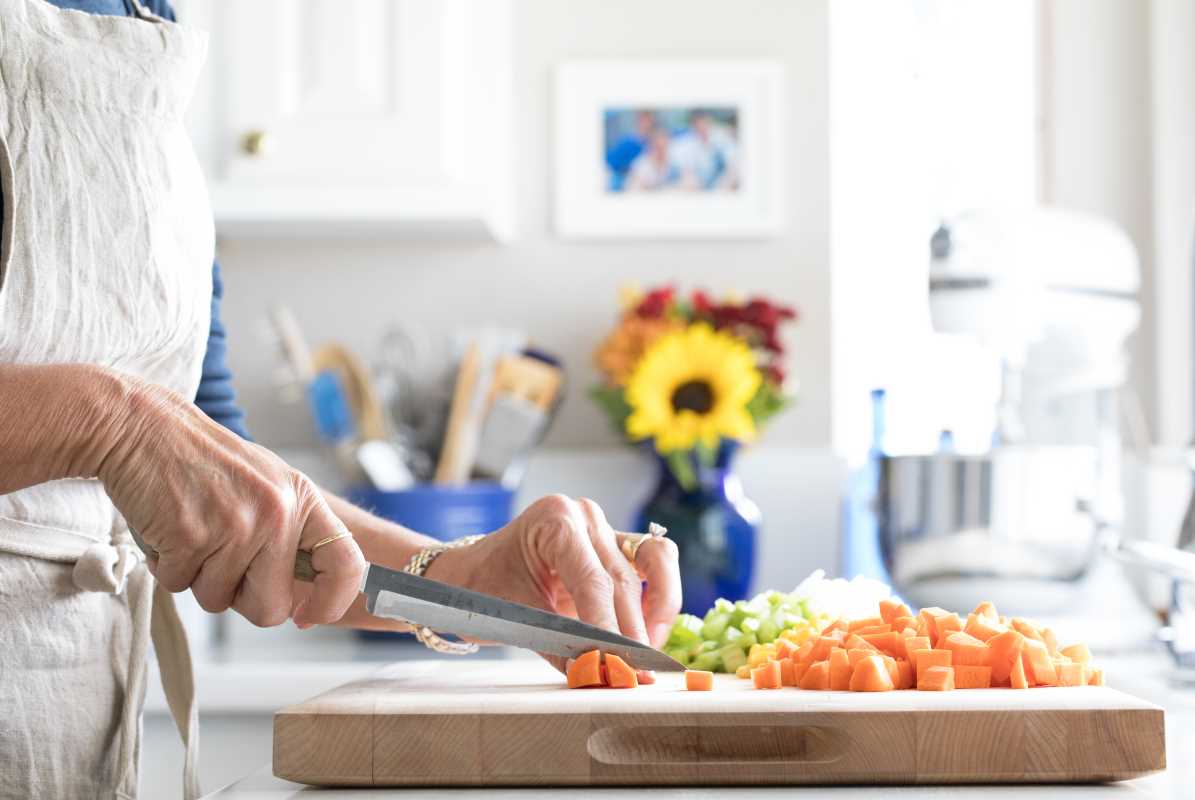When you’re raising a child with food allergies, the kitchen becomes more than just a place to cook meals. It’s a space where safety and organization directly impact your child’s health and well-being. Whether your child is allergic to peanuts, eggs, dairy, or another common allergen, adapting your kitchen can help reduce the risk of exposure and make mealtime less stressful for everyone involved.
From creating an allergen-free cooking zone to preventing cross-contamination, there are practical steps you can take to make your kitchen both safe and functional for your food-allergic child. This guide will walk you through helpful strategies so you can confidently create a home environment that supports your child’s needs.
Make Organization a Priority
A well-organized kitchen is the foundation of a safe space for managing food allergies. Knowing exactly where everything is and keeping allergens separate can dramatically reduce the risk of accidental exposure.
Designate Allergen-Free Zones
One of the most effective ways to protect your child is to dedicate certain areas of your kitchen exclusively to allergen-free food prep.
- Use a specific countertop or a cutting board for allergen-free cooking. Mark it clearly to ensure that everyone in the household knows its purpose.
- Store allergen-free foods in a separate section of your pantry or fridge. Use labeled bins or shelves to distinguish these safe foods from the rest of the groceries.
Color Code Supplies
Color coding is a simple yet powerful strategy to avoid confusion about what’s safe for your child.
- Assign a distinct color to utensils, cutting boards, plates, and containers used for preparing or serving allergen-free meals. For example, you could use green items exclusively for safe food prep.
- Avoid using these tools for any other purpose to maintain their allergen-free status.
Create a Go-To Emergency Station
Every parent of a food-allergic child knows the importance of being prepared for emergencies.
- Keep an emergency basket in the kitchen that includes an epinephrine injector (if prescribed), antihistamines, and your child’s allergy action plan. Storing it in a consistent place makes it easy to grab in a hurry.
- Add a list of common allergens to the basket as a visual reminder for anyone cooking or cleaning in the kitchen.
Prevent Cross-Contamination
Cross-contamination is one of the biggest concerns in kitchens with food allergies. Even tiny traces of an allergen can trigger a reaction, so it’s critical to adopt habits that keep allergenic and non-allergenic foods separate.
Clean Thoroughly and Consistently
Clean kitchen surfaces, utensils, and cookware thoroughly to remove allergens. Follow these cleaning tips to ensure complete safety:
- Wash all utensils, pots, pans, and cutting boards with hot, soapy water immediately after use.
- Use separate sponges, cloths, or scrub brushes for allergen-free cleaning to avoid spreading residue.
- Wipe down counters and other cooking surfaces with a disinfectant after preparing allergenic foods.
Pay Attention to Fryers and Ovens
Shared cooking surfaces like ovens and fryers can be tricky.
- Use separate baking sheets, pans, or air fryer baskets for allergen-free meals, and always line them with parchment paper if possible.
- If you’re frying foods, avoid reusing oil that previously cooked allergenic items. Instead, dedicate a small fryer or stovetop pan exclusively for safe cooking.
Create Serving Rules
When serving meals, ensure allergen-free foods aren’t contaminated by contact with serving utensils or condiments.
- Use separate serving spoons for each dish, and avoid double-dipping utensils.
- Opt for squeezable condiments when possible to minimize shared surfaces that can come into contact with crumbs or spreads.
Focus on Allergen-Free Meal Preparation
Preparing meals for a food-allergic child takes careful planning, but it’s manageable with the right techniques and substitutions.
Stock Up on Safe Ingredients
One of the best ways to simplify cooking is to have a well-stocked pantry filled with safe, allergen-free staples.
- Purchase certified allergen-free products whenever possible. Many brands now specialize in food free of common allergens like nuts, dairy, or gluten.
- Double-check labels every time you shop. Even trusted products can change their formulas or manufacturing processes. Look for allergen warnings like “may contain traces of…” or “processed in a facility with...”.
Master Substitutions
Learning how to swap allergenic ingredients with safe alternatives can open up a world of possibilities for meals and snacks. For example:
- For dairy-free recipes, substitute milk with oat, almond, or soy milk (depending on the allergy).
- Replace eggs in baking with mashed bananas, applesauce, or a flaxseed-and-water mixture.
- Swap wheat-based flour with almond, chickpea, or rice flour for those avoiding gluten.
Plan Simple, Customizable Meals
To accommodate multiple family members with diverse needs, consider meals that can be easily customized.
- Build-your-own meals like tacos, salads, or rice bowls allow each person to choose their own toppings while avoiding allergens.
- Prepare allergen-free versions of base dishes (like grilled chicken or pasta) and supplement with sides or toppings that contain allergens for other family members.
Keep the Kitchen a Safe Zone
Creating an environment that feels safe and inclusive for your food-allergic child is just as important as the physical safety measures you put in place.
Educate Family and Visitors
If your child has food allergies, make sure everyone in the household fully understands the importance of allergen-free preparation and how to avoid cross-contamination. Similarly, inform guests who might bring outside food about your family’s kitchen rules.
- Post an allergy reminder sign on the fridge or pantry.
- Discuss your child’s allergies with babysitters, friends, or extended family before they cook or serve food.
Include Your Child in the Process
For older children, involving them in meal preparation can empower them to manage their allergies confidently.
- Teach them how to read labels and identify safe substitutions.
- Encourage them to help with organizing the allergen-free pantry or cleaning their dedicated section of utensils.
Make It Positive
While serious precautions need to be taken, try to maintain a positive attitude about the changes. Treat allergen-free cooking as an opportunity for creativity rather than a restriction. Family cooking nights or trying new allergen-free recipes together can transform the kitchen into a fun, inclusive space.
Stay Adaptable
Finally, remember that adapting your kitchen is an evolving process. Your child may outgrow certain allergies or develop new ones over time, and your approach to food prep may need adjustments.
- Regularly review your kitchen setup and routine to ensure that it still meets your family’s needs.
- Stay informed about allergy-related recalls, research, and resources that could help you make better choices for your child.
 (Image via
(Image via





